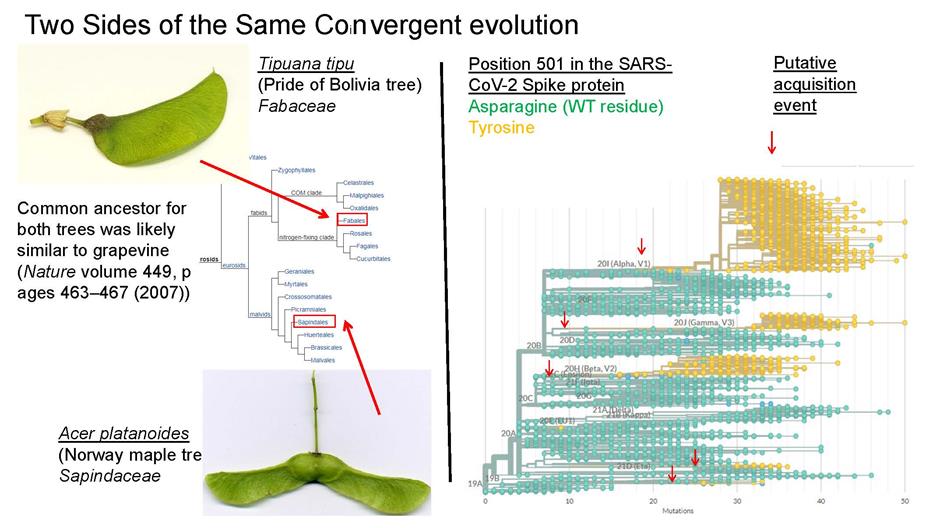The Czech Grant Agency will support nineteen JUNIOR STAR projects next year. One of them will also be implemented at the BIOCEV Centre, specifically in the laboratory of RNDr. Jiří Zahradník, Ph.D. from the 1st Faculty of Medicine of Charles University.
Viruses are an inseparable part of the world around us. For good and bad, they have influenced our history and will continue to shape our future. They have enriched us with biomolecules such as syncytin, a crucial protein player in the exchange of nutrients and gases between mother and fetus, essential for our very existence. However, what we more commonly associate with viruses is that they cause various unpleasant diseases. In recent years, coronaviruses have gained considerable attention. These enveloped RNA viruses have characteristic spike proteins on their surfaces, which allow them to enter host cells. Coronaviruses exhibit an archetypal profile for cross-species transmission. They frequently spread from animal reservoirs and alter their genetic structure in response to new host environments. “When we assume that human beings are the hosts, it is naturally expected that necessary changes will be similar even for human unrelated coronaviruses. Convergent evolution is a term we remember from biology classes, with dolphins and fish as an obvious example. It describes situations where similar adaptations emerge in unrelated groups of organisms independently of one another. This phenomenon isn’t just limited to aquatic vertebrates but encompasses a wide range of adaptations, including at the molecular level, and applies to viruses as well. Selected SARS-CoV-2 variants exhibited traits of convergent evolution, independently acquiring the same adaptive mutations,” explains Jiří Zahradník.
One of the goals of grant is to determine whether coronaviruses will undergo convergent changes when adapting to binding to human receptors and to identify factors that may lead to the emergence of viruses with a high affinity for human receptors. “Based on mutagenic libraries, we plan to analyze which mutations increase the affinity of viral RBD domains to human receptors. The results could help us not only better understand past pandemics but also prepare for future pandemic threats, particularly regarding the prediction of new mutations and viral variants. Our research could also be applied to other respiratory viral pathogens,” comments Jiří Zahradník on his research. You can read more about the supported projects HERE



